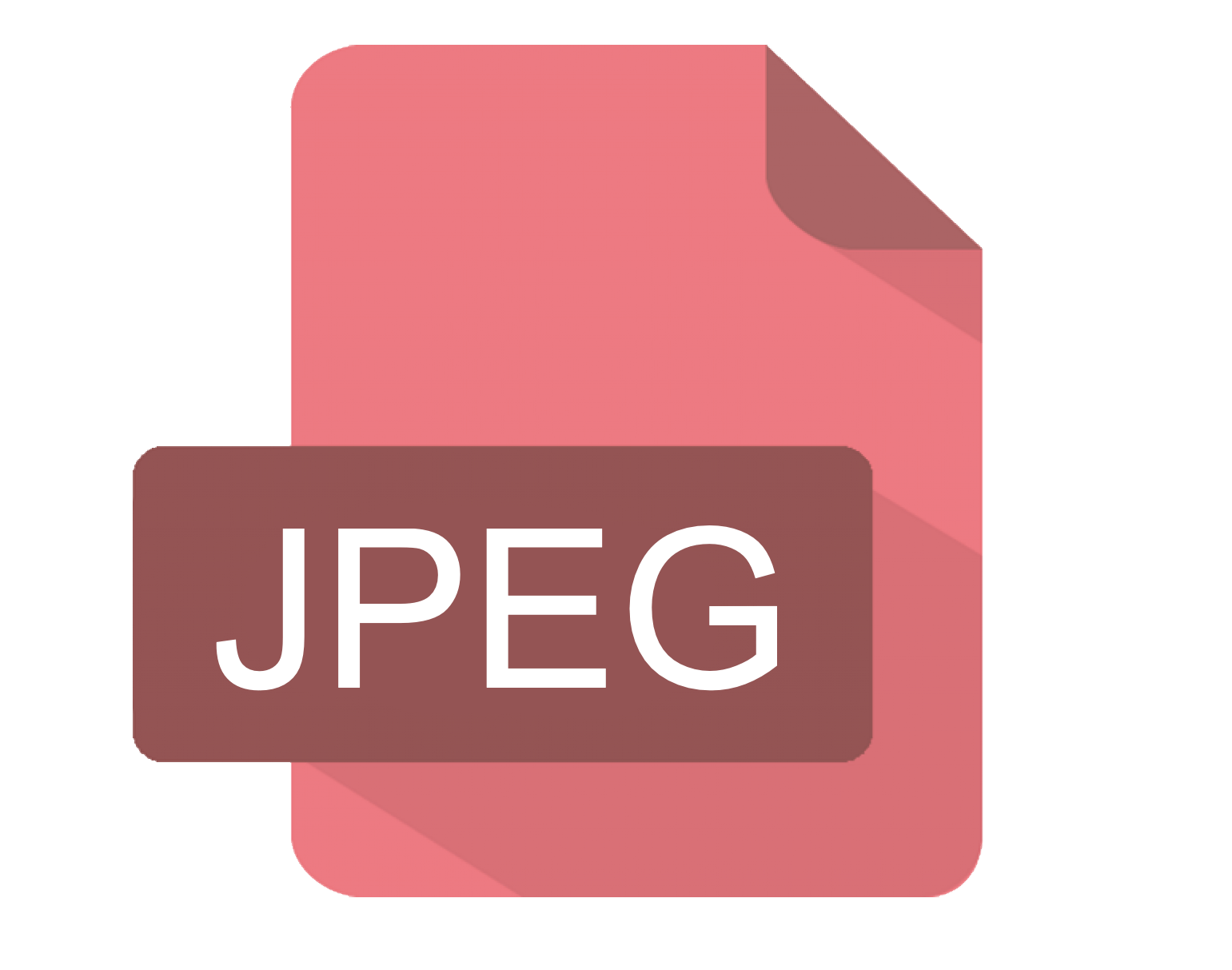In this article, I will show you how to write JPEG images in Java. We also have a related article covering how to read JPG files in Java.
ImageIO is able to write images as JPEG files, but it offers very little control over the process or the output. So we added the ability to write out images as JPEG files to our JDeli Image library. In this article, I show you how to use either JDeli or ImageIO and cover the benefits of JDeli.
How to write out an image as a JPEG file in ImageIO
- Create a File (or OutputStream) object for the JPEG output.
File file = new File("/path/to/outputFile.jpg")); - Pass image, jpg type and File (or OutputStream) object into write method
ImageIO.write(bufferedImage, "jpg", file);
Note you can easily switch to JDeli and replace ImageIO by just changing ImageIO.write to JDeli.write.
How to write out an image as a JPEG file with JDeli
- Add JDeli to your class or module path. (download link to the trial jar).
- Create a File (or OutputStream) object
File file = new File("/path/to/outputFile.jpx")); - Pass image, JPEG type and File (or OutputStream) object into write method
JDeli.write(bufferedImage, "JPEG", file);
In JDeli you can also use a typesafe version
JDeli.write(bufferedImage, OutputFormat.JPEG, file);or pass in a JpegEncoderOptions object for more control over JPEG image output such as level of Compression, choice of jp2 or jpx output, etc.
JpegEncoderOptions options = new JpegEncoderOptions();
JDeli.write(bufferedImage, options, file); Why do developers choose JDeli over free alternatives?
- Works with newer image formats such as AVIF, HEIC, JPEG XL, WEBP (AVIF next release) that are not supported in Java.
- Better support than alternatives for JPEG, PNG, TIFF.
- Process images up to 3x faster than ImageIO and other Java image libraries.
- Prevent JVM crashes caused by native code in other image libraries such as ImageIO.
- Image security as JDeli processes images on your servers with no calls to any external system or third party library.
Are you a Java Developer working with Image files?
// Read an image
BufferedImage bufferedImage = JDeli.read(dicomImageFile);// Read an image
BufferedImage bufferedImage = JDeli.read(heicImageFile);
// Write an image
JDeli.write(bufferedImage, "heic", outputStreamOrFile);// Read an image
BufferedImage bufferedImage = JDeli.read(jpegImageFile);
// Write an image
JDeli.write(bufferedImage, "jpeg", outputStreamOrFile);
// Read an image
BufferedImage bufferedImage = JDeli.read(jpeg2000ImageFile);
// Write an image
JDeli.write(bufferedImage, "jpx", outputStreamOrFile);
// Write an image
JDeli.write(bufferedImage, "pdf", outputStreamOrFile);
// Read an image
BufferedImage bufferedImage = JDeli.read(pngImageFile);
// Write an image
JDeli.write(bufferedImage, "png", outputStreamOrFile);
// Read an image
BufferedImage bufferedImage = JDeli.read(tiffImageFile);
// Write an image
JDeli.write(bufferedImage, "tiff", outputStreamOrFile);
// Read an image
BufferedImage bufferedImage = JDeli.read(webpImageFile);
// Write an image
JDeli.write(bufferedImage, "webp", outputStreamOrFile);
